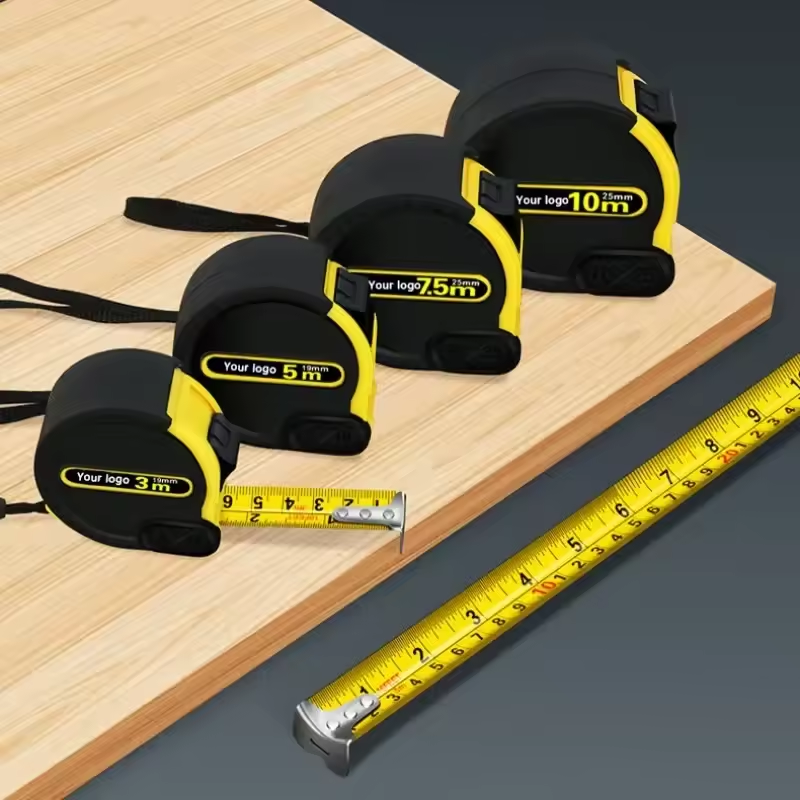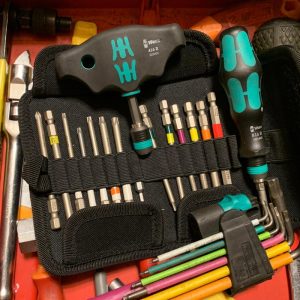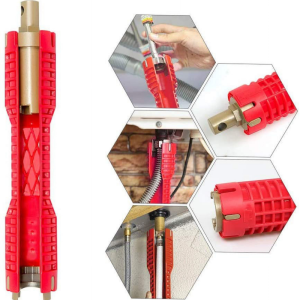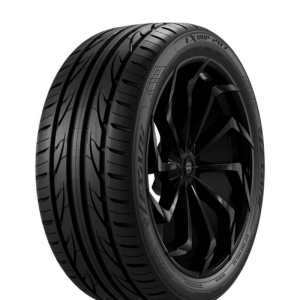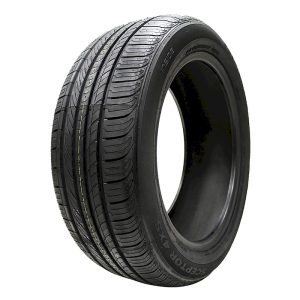
Properly maintaining your motorcycle tires is essential for safety, performance, and longevity. Understanding how to fill motorcycle tires not only enhances your riding experience but also ensures your safety on the road. This comprehensive guide will take you through the process, equipment needed, tips for maintaining tire pressure, and more.
Understanding Tire Pressure
Importance of Proper Tire Pressure
How to fill motorcycle tires? Maintaining the correct tire pressure is crucial for several reasons. It impacts your bike’s handling, fuel efficiency, and overall safety. Under-inflated tires can lead to poor handling and increased wear, while over-inflated tires can cause a harsh ride and reduce traction.
Checking Tire Pressure
Before filling your motorcycle tires, it’s essential to know the recommended pressure. Check your owner’s manual or the sticker usually found on the swingarm or inside the fuel door. Tire pressure is measured in PSI (pounds per square inch).
Equipment Needed
Essential Tools for Filling Tires
To fill your motorcycle tires properly, gather the following tools:
- Air Compressor or Tire Pump: A reliable air compressor is the most efficient way to fill tires quickly. If you’re on the go, a portable tire pump works well too.
- Tire Pressure Gauge: This tool measures the current tire pressure, allowing you to ensure it’s within the recommended range.
- Valve Stem Tool: This is helpful if you need to remove or adjust the valve core.

Optional Accessories
- Tire Sealant: This can help prevent air loss due to small punctures.
- Air Chuck: A fitting that attaches to the valve stem for easy inflation.
Step-by-Step Process for Filling Motorcycle Tires
Step 1: Prepare Your Motorcycle
Before you begin, ensure your motorcycle is parked on a flat, stable surface. This position helps ensure accurate pressure readings.
Step 2: Remove Valve Stem Cap
Carefully remove the valve stem cap from the tire you wish to fill. Place it in a safe spot to avoid losing it.
Step 3: Check Current Pressure
Use a tire pressure gauge to measure the current tire pressure. Press the gauge onto the valve stem and read the result. If the pressure is lower than recommended, it’s time to fill.
Step 4: Fill the Tire
- Using an Air Compressor: Attach the air chuck to the valve stem. Inflate the tire slowly, monitoring the pressure with your gauge. Stop periodically to check the pressure.
- Using a Manual Pump: If you’re using a manual pump, connect it to the valve and pump until you reach the desired pressure.
Step 5: Recheck Pressure
Once you’ve filled the tire, use the pressure gauge again to confirm the tire is at the correct PSI. Adjust as necessary.
Step 6: Replace the Valve Stem Cap
After achieving the proper pressure, replace the valve stem cap securely. This step prevents dirt and moisture from entering the valve.
Tips for Maintaining Proper Tire Pressure
Regular Inspections
Make it a habit to check your tire pressure at least once a month, and always before long rides. Temperature changes can affect tire pressure, so be mindful of this, especially in extreme weather.
Monitor Tire Wear
Inspect your tires regularly for signs of wear or damage. Uneven wear can indicate improper inflation or alignment issues.
Keep a Portable Pump Handy
Having a portable tire pump can save you in emergencies. Many riders carry a compact pump to ensure they can adjust tire pressure on the go.
When to Fill Motorcycle Tires
Best Times to Check and Fill
- Before Long Rides: Always check and fill your tires before embarking on a long journey.
- Seasonal Changes: Tire pressure can fluctuate with seasonal temperature changes, so check before winter or summer rides.
- After Repairs: If you’ve repaired a tire or experienced a puncture, check the pressure before riding again.
Signs You Need to Fill Tires
- Visual Inspection: If your tires appear flat or sagging, they likely need air.
- Handling Issues: If your motorcycle feels unsteady or wobbly, it may indicate low tire pressure.
The Benefits of Properly Filled Tires
Enhanced Safety
Properly inflated tires reduce the risk of blowouts and improve handling, ensuring safer rides.

Improved Fuel Efficiency
Maintaining correct tire pressure enhances fuel efficiency, saving you money over time.
Increased Tire Longevity
Regularly checking and filling your tires prolongs their lifespan, reducing the frequency of replacements.
Common Tire Issues and Solutions
Understanding Common Tire Problems
Even with proper filling and maintenance, tire issues can arise. Recognizing these problems early can save you from more significant issues down the road.
- Punctures: Small punctures from nails or debris can lead to slow leaks. Always inspect your tires for foreign objects.
- Bubbles or Blisters: These can indicate internal damage. If you notice any bulges, replace the tire immediately to prevent blowouts.
- Uneven Wear: This can be a sign of improper inflation or alignment issues. Regularly rotate your tires and have your alignment checked to ensure even wear.
Quick Fixes for Minor Issues
- Use Tire Sealant: For small punctures, a tire sealant can temporarily fix leaks until you can get a professional repair.
- Adjust Pressure: If your tire pressure fluctuates often, make sure you are checking it regularly and adjusting it as necessary.
Environmental Considerations
Tire Care in Different Conditions
Your motorcycle tire maintenance routine should adjust based on the environment you ride in.
- Hot Weather: Tire pressure increases in hot conditions. Check your tires more frequently during summer months to prevent over-inflation.
- Cold Weather: Cold temperatures can decrease tire pressure. Be proactive in checking your tire pressure as the seasons change.
Eco-Friendly Practices
Consider eco-friendly tire options, such as those made from sustainable materials or designed for lower rolling resistance. These tires can improve fuel efficiency and reduce your carbon footprint.
Upgrading Your Tires
When to Consider New Tires
Understanding when to replace your tires is crucial. Here are some signs:
- Tread Wear: Use the penny test—insert a penny into the tread. If you can see all of Lincoln’s head, it’s time for new tires.
- Age: Even if tread appears fine, tires should generally be replaced every five years, regardless of mileage.
Choosing the Right Tires
Research different tire types suited for your riding style. Consider factors such as:
- Tread Pattern: Choose a tread that fits your typical riding conditions, whether it’s dry pavement or wet roads.
- Type of Riding: For aggressive riding, look for performance tires. For long-distance cruising, touring tires may be more appropriate.
Tire Inflation Myths
Debunking Common Misconceptions
There are several myths surrounding tire inflation that can lead to poor maintenance practices:

- “Bigger Tires Need More Air”: The size of the tire doesn’t inherently dictate the air pressure. Always refer to the manufacturer’s recommended PSI.
- “Pressure Should Be Checked Only When Tires Are Cold”: While it’s best to check when cold, you should also be aware of changes after riding, especially in extreme weather conditions.
- “It’s Fine to Overinflate”: Overinflating can lead to reduced traction and increased risk of blowouts. Always maintain the recommended pressure.
Understanding Tire Types
Different Motorcycle Tire Categories
Choosing the right tire for your motorcycle can significantly impact your riding experience. Here’s a breakdown of common types:
- Sport Tires: Designed for maximum grip and handling, perfect for sporty rides and twisty roads.
- Touring Tires: Built for comfort and longevity, ideal for long-distance trips.
- Dual-Sport Tires: These are versatile tires suited for both on-road and off-road riding.
How to Choose the Right Tire
Consider your riding style, typical conditions, and preferences. Research reviews and ask fellow riders for recommendations to make an informed decision.
Regular Tire Rotation and Alignment
Importance of Tire Rotation
Just like cars, motorcycles benefit from tire rotation. Regular rotation helps ensure even wear, extending the life of your tires.
How to Rotate Motorcycle Tires
- Front to Rear: Some riders swap the front and rear tires periodically to promote even wear, but this is less common than with cars due to differing wear patterns.
Keeping Your Alignment in Check
Improper alignment can lead to uneven tire wear. If you notice your motorcycle pulling to one side or uneven tread wear, have your alignment checked by a professional.
Additional Tips for Tire Care
Seasonal Maintenance
Adjust your tire maintenance practices based on the season:
- Winter Prep: If you ride in winter, ensure your tires are suited for cold conditions. Consider investing in winter tires for better traction.
- Summer Riding: Be vigilant about checking tire pressure in hot weather, as it can increase significantly with heat.
Storing Your Motorcycle
If you’re storing your motorcycle for an extended period, inflate the tires to the upper limit of the recommended PSI. This helps prevent flat spots and prolongs tire life.
Conclusion
Knowing how to fill motorcycle tires is an essential skill for every rider. Regular maintenance not only enhances your safety and performance but also prolongs the life of your tires. By following this guide, you’ll ensure your motorcycle is always ready for the open road.
